
The federal government just fired hundreds of employees from the U.S. Fish and Wildlife Service (USFWS), including 14 members of the Great Lakes Sea Lamprey Control Program. The program, based in Michigan, addresses the invasive sea lamprey populations throughout the Great Lakes in both U.S. and Canadian waters. Now, the Great Lakes face a massive ecological crisis if the lampreys aren’t properly maintained and controlled. This could result in grave consequences for native fish species, which could then impact the fishery to the tune of $5 billion.
The Sea Lamprey Crisis
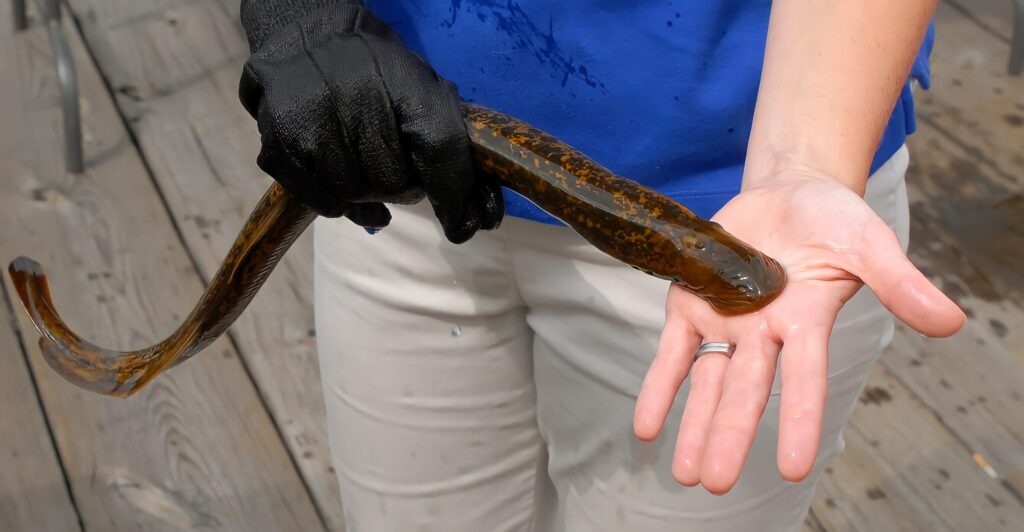
For decades, sea lamprey, a parasitic and invasive species that decimates fish populations, has been a major ecological threat in the Great Lakes. These eel-like creatures latch onto fish, draining their blood and eventually killing them. When left unchecked, their growth eventually overwhelms local fisheries, severely and negatively impacting the economy. Over the years, the U.S. and Canadian governments have collaborated and invested in controlling this invasive species. However, this loss in the workforce and the additional federal hiring freeze threaten to undo their progress.
The Importance of Federal Programs
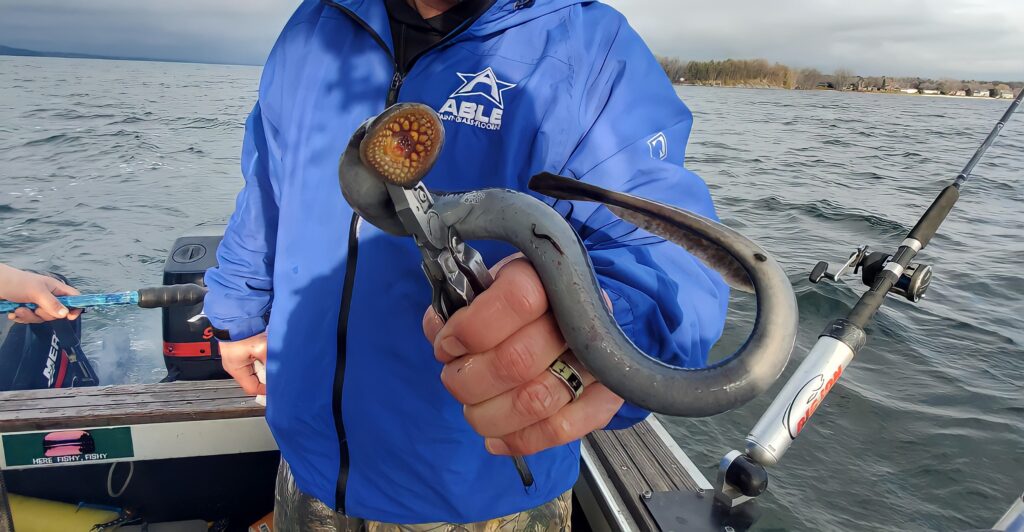
Federal programs, particularly through the USFWS and other agencies, have been essential in battling sea lamprey populations. Each year the control team distributes a pesticide chemical known as TFM (3-trifluoromethyl-4-nitrophenol) in rivers and tributaries, where lampreys are known to lay their eggs. Other efforts include traps and barriers. Thus far, these programs have been successful in reducing lamprey numbers and mitigating their impact on the Great Lakes’ ecosystem and commercial fishery.
The Impact of Federal Hiring Freezes

The recent federal hiring freeze has directly affected personnel dedicated to lamprey control. These staff members are essential for monitoring the lakes, applying treatments, and maintaining infrastructure like barriers. As the agency can no longer hire them to oversee this mammoth task and with fewer employees available to take over the work, these vital operations face major setbacks, potentially allowing lamprey populations to grow uncontrollably and putting entire ecosystems in danger.
Economic Consequences

It is not an exaggeration to say that a surge in sea lamprey populations could be disastrous not only for the environment but also for the economy. The Great Lakes fishery, including activities such as commercial fishing, recreation, and tourism, supports a $5 billion industry – a significant amount within the country’s economy. Without effective management of sea lampreys, fish populations will decrease at an alarming speed, rendering the region’s economy unstable.
The Scientific Community Responds

Experts in the field are unsurprisingly shocked and have begun raising alarms about the potential collapse of control programs due to staffing shortages. Thus far, scientists warn that even a slight increase in lamprey numbers could lead to a dramatic spike in their population and, therefore, a considerable decrease in fish, overwhelming the measures currently in place to manage them.
Public and Political Reaction
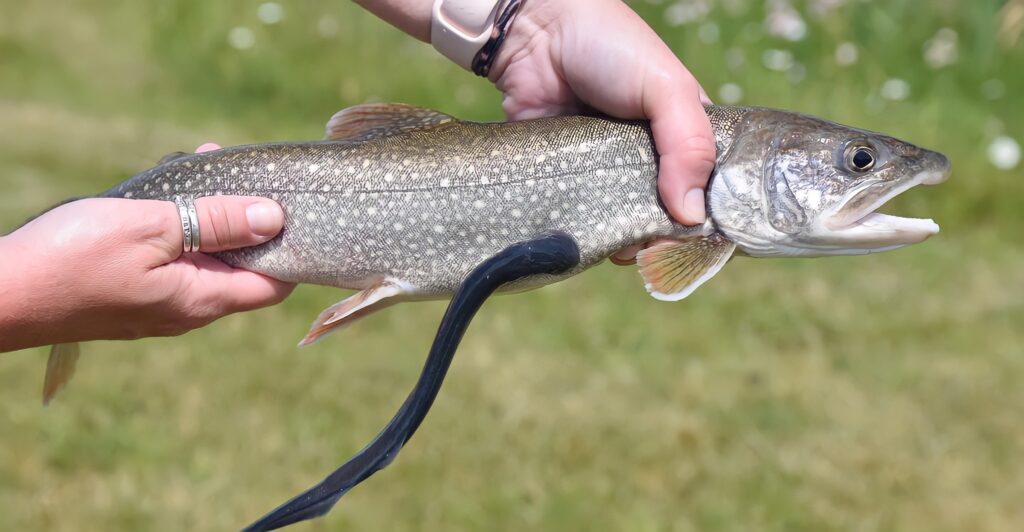
The scientific community is not the only one sharing their concerns. As the severity of the problem grows, there has been an outcry from local communities, environmental organizations, and lawmakers urging the federal government to reconsider the hiring freeze and prioritize the restoration of lamprey control programs. However, political gridlock and budget constraints have made matters more complicated, and a quick resolution may not be reached.
Decades of Sea Lamprey Control
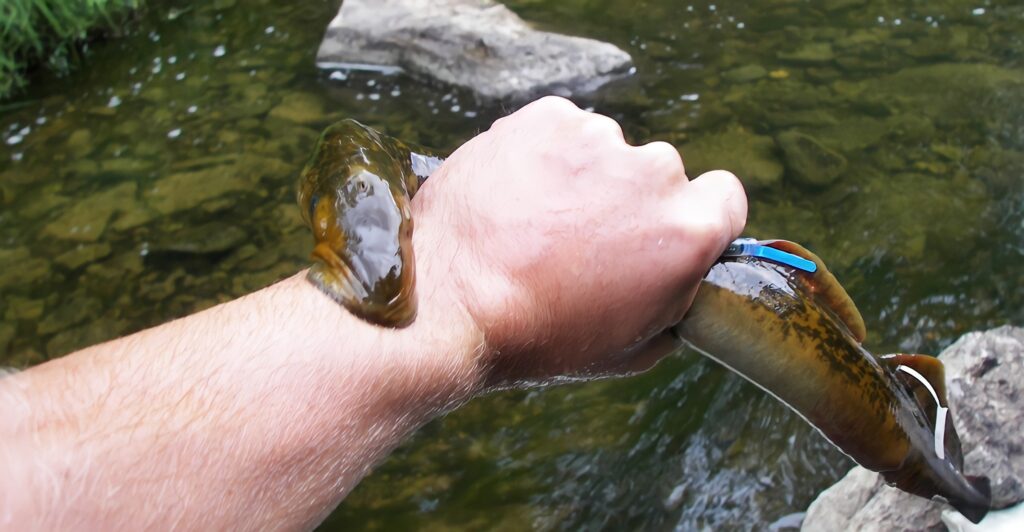
Efforts to control sea lampreys date back to the 1950s, when they were first discovered in the Great Lakes. Over the last 70 years, various methods have been employed, including the use of lampricides and the introduction of predator species, which have been successful in helping keep lamprey populations in check. However, these efforts and methods require constant vigilance and funding to remain effective.
Technological and Ecological Challenges

The challenges facing lamprey control are not solely human-related. Unfortunately, climate change, water quality issues, and the lampreys’ evolving biology all play roles in making control and management efforts more complicated. Furthermore, while technological advancements in tracking and treatment methods are available, these, too, face funding cuts, further hindering progress.
Job Creation vs. Job Cuts
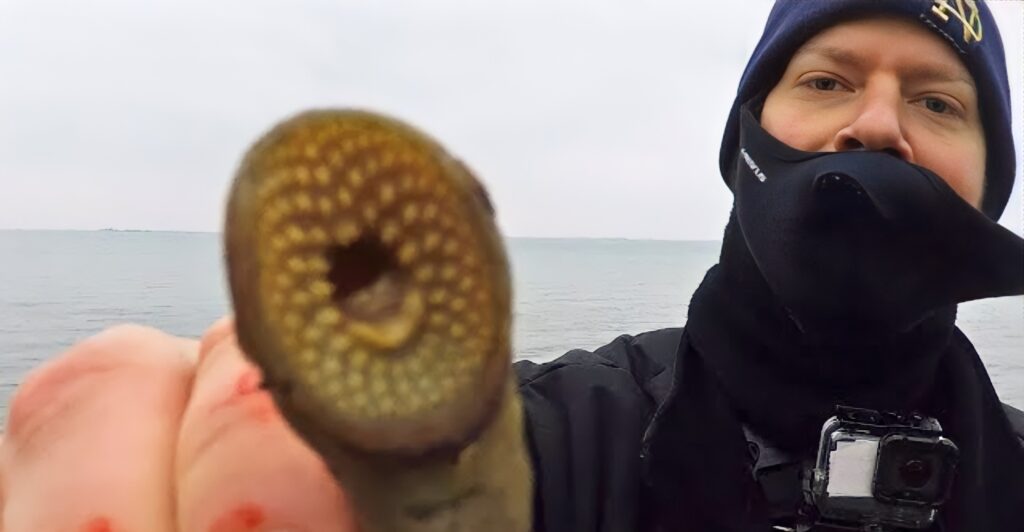
With the federal firings, thousands of people are losing their jobs in an industry that is not able to re-hire or employ them as a result of the hiring freeze, creating a paradox in job cuts and environmental management. The federal investment in lamprey control not only preserves jobs within the fishing industry, which aids the country’s economy but also creates opportunities in related sectors such as tourism and conservation efforts. A thriving fishery supports local economies, demonstrating that environmental responsibility and conservation can be economically beneficial.
Possible Solutions
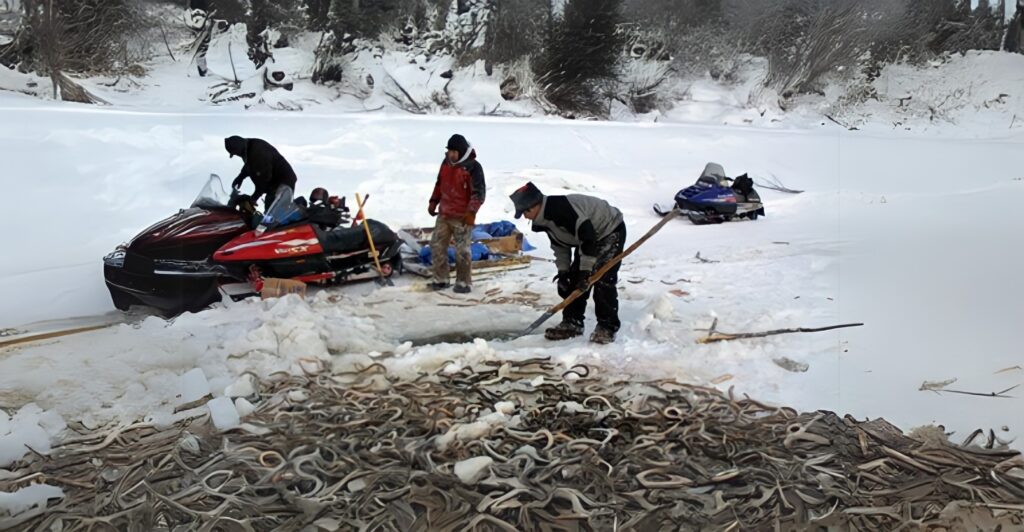
Despite the red tape and other challenges, there are potential solutions to the current crisis, such as increased collaboration between state, federal, and local agencies, better use of existing resources, and innovative methods of lamprey control. Further, by engaging local communities in discussions about the importance of sea lamprey control, public support for federal programs can be fostered. However, these solutions require both political will and financial investment—resources that are currently in short supply due to the hiring freeze.
The Ripple Effect of Inaction
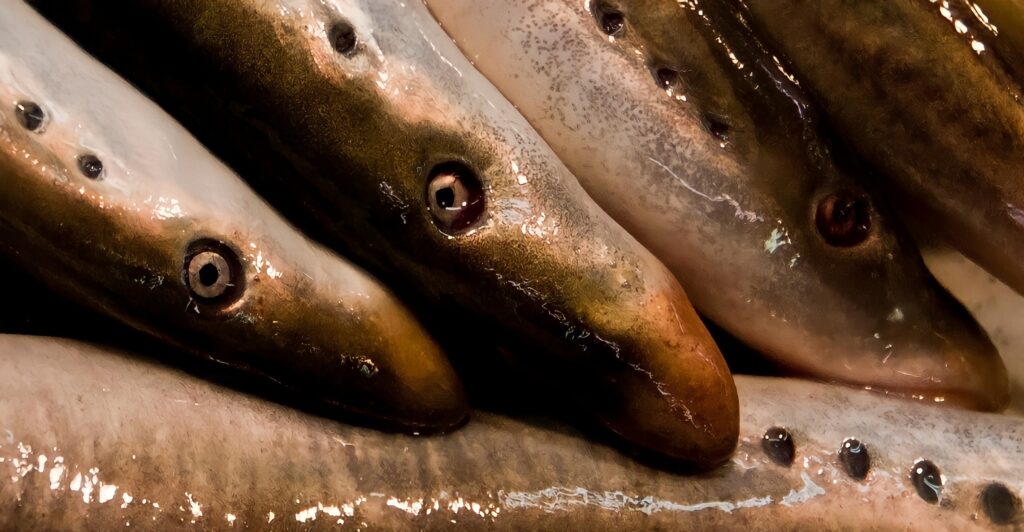
The sea lamprey’s introduction to the Great Lakes serves as a cautionary tale. In the early 20th century, the lamprey nearly decimated native fish populations, leading to significant ecological imbalance. The efforts to maintain lamprey populations resulted in a healthier ecosystem within the fishery industry that boosts economic power. This historical precedent highlights the importance of maintaining rigorous control measures to prevent the recurrence of such ecological disasters for fear that neglect could have dire consequences across the board.
Federal Firings and Sea Lampreys

The situation facing the Great Lakes’ ecosystem and its fisheries is urgent. Without adequate staffing and funding, sea lamprey populations could increase at alarming and uncontrollable rates, threatening the region’s biodiversity and economy. This is resulting in an equally urgent call for immediate action to lift the hiring freeze and secure the future of the Great Lakes’ environment.
Explore more of our trending stories and hit Follow to keep them coming to your feed!

Don’t miss out on more stories like this! Hit the Follow button at the top of this article to stay updated with the latest news. Share your thoughts in the comments—we’d love to hear from you!







